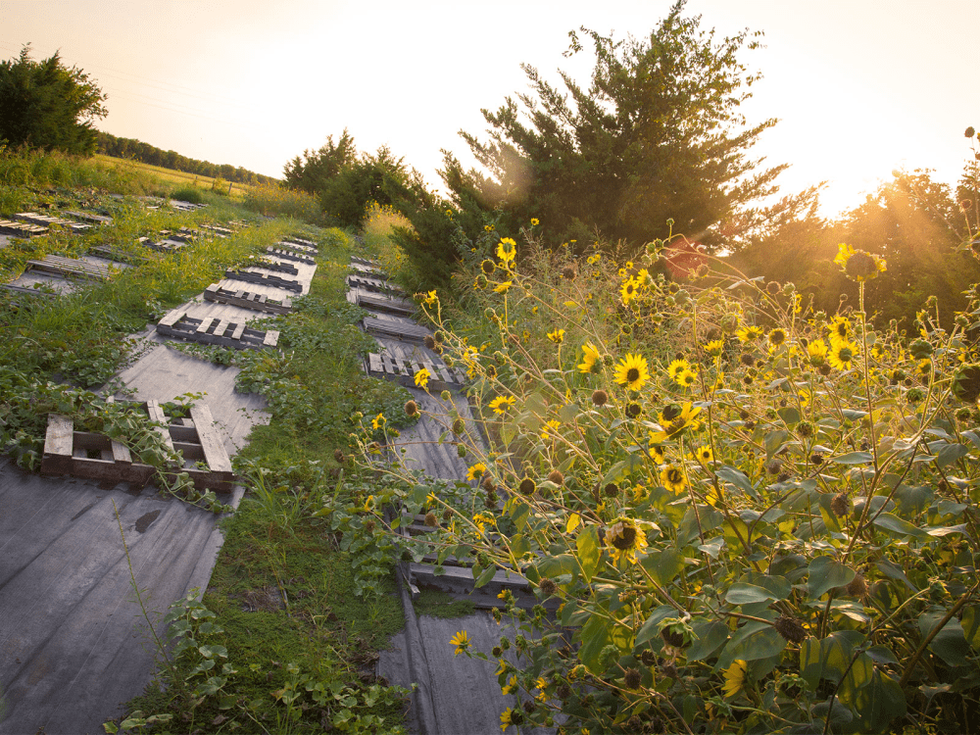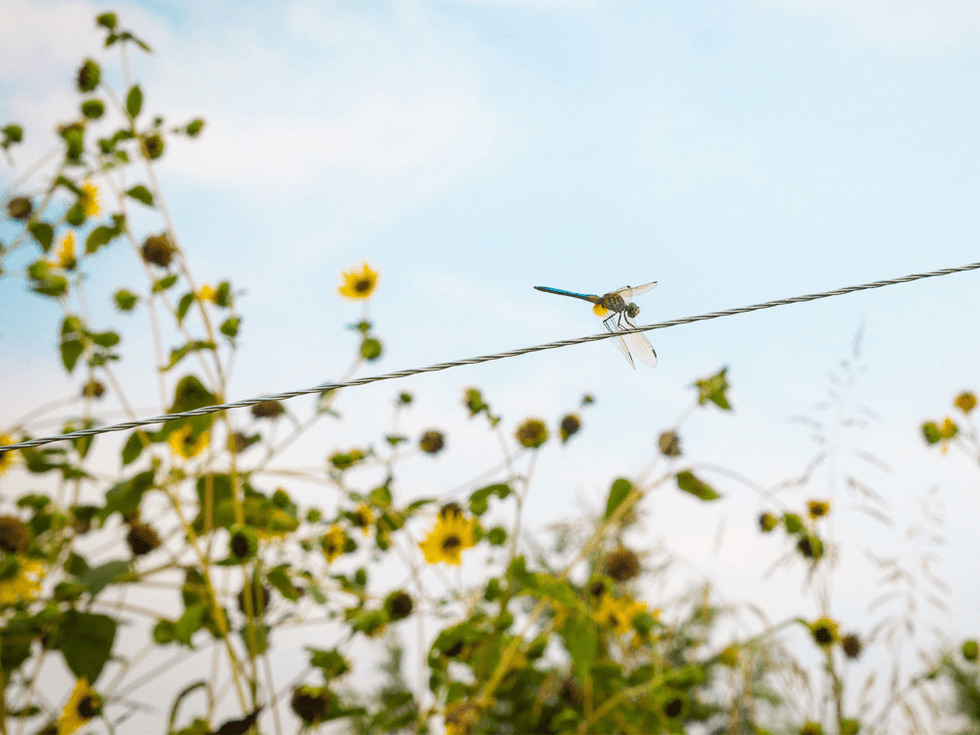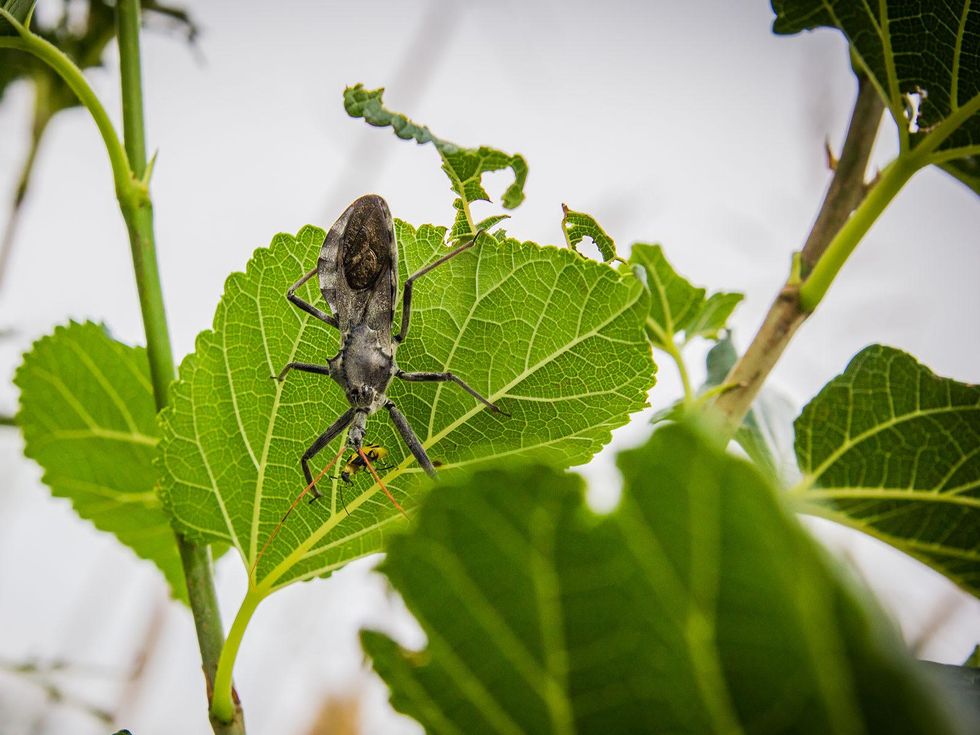The Farmer Diaries
Texas farmer finds a beautiful ally in pesticide crusade
Two years ago, when I ceased my occasional use of insecticides, I saw that I never needed them in the first place. Assassin bugs moved in around my peppers plants and wiped out cucumber beetles. Ladybugs and praying mantises continued to scour plants for aphids. Wasps pried caterpillars off my greens, and spiders took out anything that crawled or flew.
This year, I've seen the arrival of dragonflies among my tomatoes and peppers, zipping around the plants and darting back and forth, landing on the highest wire of my tomato trellis while they recharge. Any time I inspect these crops, I find dozens of dragonflies patrolling like tiny helicopters, catching and devouring every insect they can overpower.
These and countless other insects came to the rescue once I stopped applying deadly sprays and powders to my plants. How they were right there, ready and waiting to take on pest control the moment I needed them, was a mystery until I started noticing insects were also in the wildflowers growing around the boundaries of my crops. The Indian blanket, milkweed, sunflowers and silver leaf nightshades that grow abundantly in my fields are beautiful, and bees and butterflies love them.
To say that they protect my crops was just anecdotal, I thought. But I got confirmation recently after discovering a 2014 study done by the University of California, titled "Hedgerows enhance beneficial insects on adjacent tomato fields in an intensive agricultural landscape."
Researchers compared tomato fields with native wildflowers along their boundaries to fields that were conventionally managed. They counted the bugs they found in both types of fields and found that where there were wildflowers, there were more of all the insects that eat the plant-eaters.
"We found that tomato farms with hedgerows had lower levels of pests than farms without hedgerows, and were more often below the IPM threshold that would trigger insecticide use," says Claire Kremen of the department of environmental science, policy and management at U.C. Berkley. "Farmers with hedgerows could use less pesticides, generating a cost savings."
Both perennial wildflowers and native grasses were planted as hedgerows. The wildflowers feed pollinators too, but they also attract double-duty wasps that are both pollinators and bug eaters. The native grasses provide a place for the good bugs to wait out the winter, which is essential for making sure that they are ready to start their plant protecting work all over again next spring.
Researcher Rachel Long, farm advisor for field crops and pest management with the cooperative extension of Yolo County, says their findings apply to Texas growers as well.
"This should be true everywhere where there's large-scale farming and few floral resources for beneficial insects, especially parasitoid wasps that depend on nectar as adults," she says. "These are some of our most important natural enemies of pests due to their specificity."
The data from the research shows that wildflower boundaries around crops can help clear out about half the number of pests that are found in conventional fields.
The findings show just how much can be gained by growing our food in ways that nurture the native plants and animals in the ecosystems we convert to cropland. Flowers, not pesticides, turn out to be a more sustainable means of protecting the plants we farm for food.




